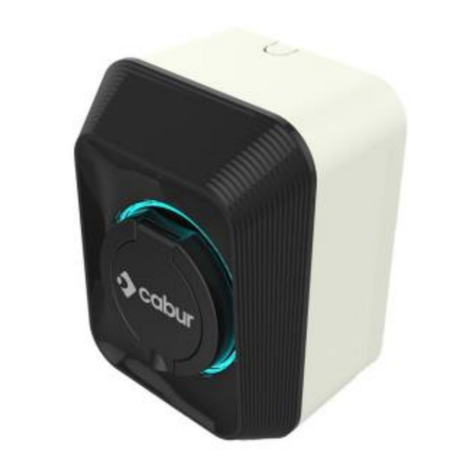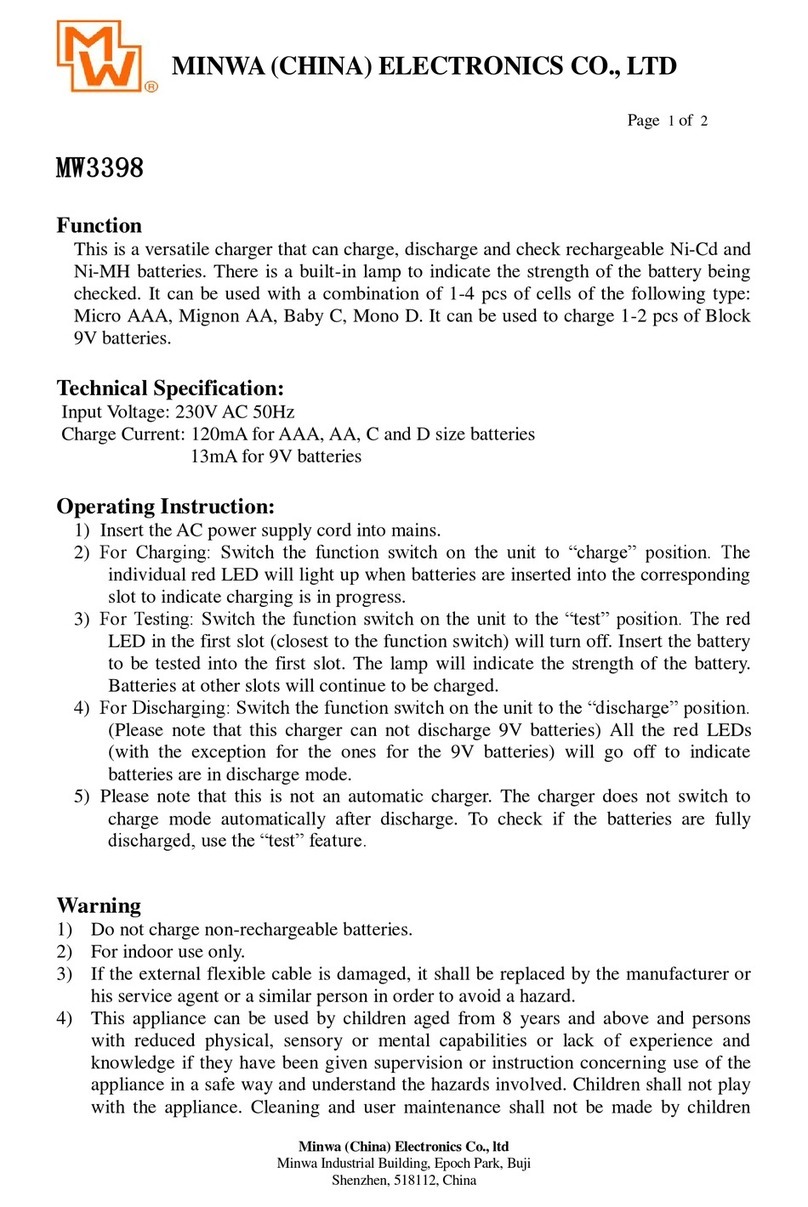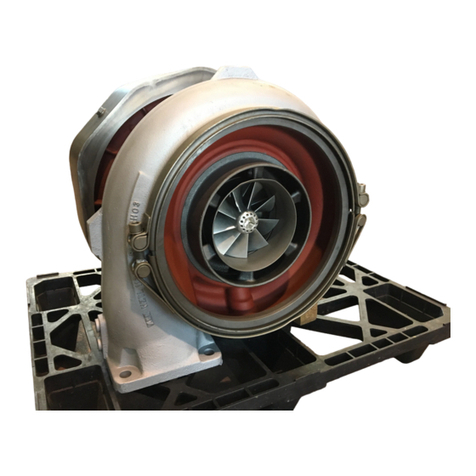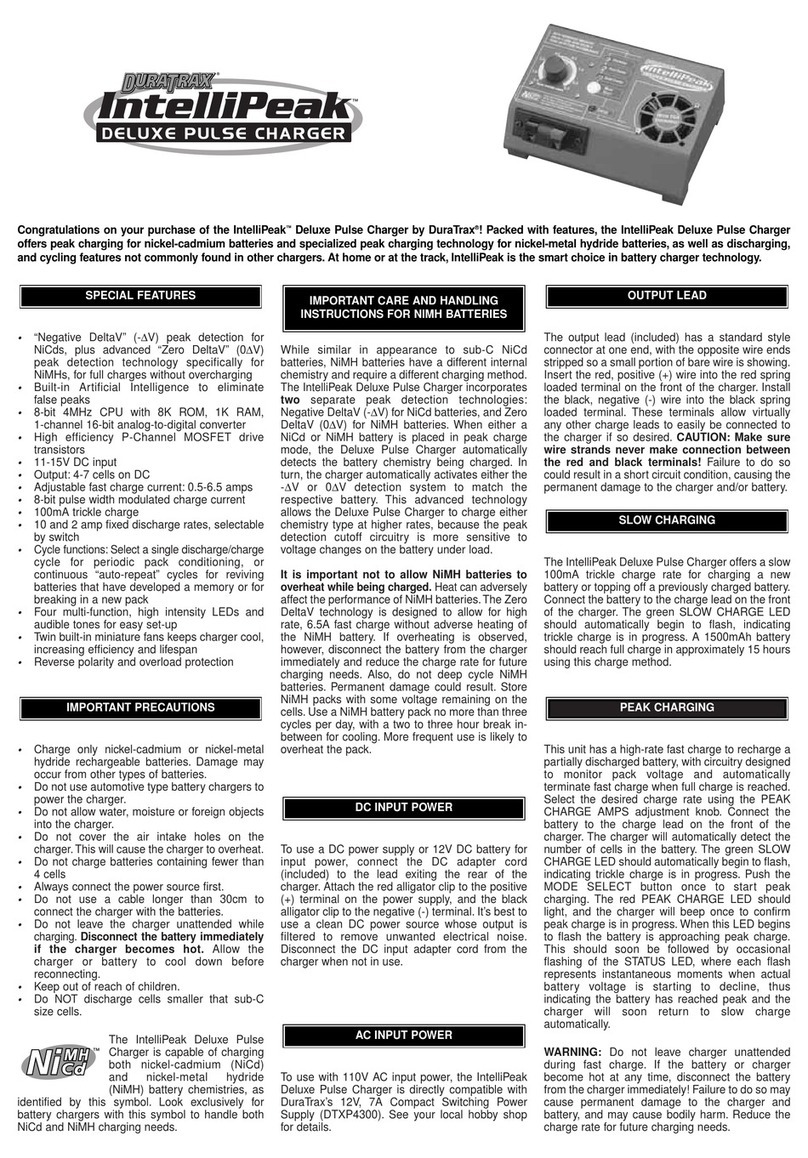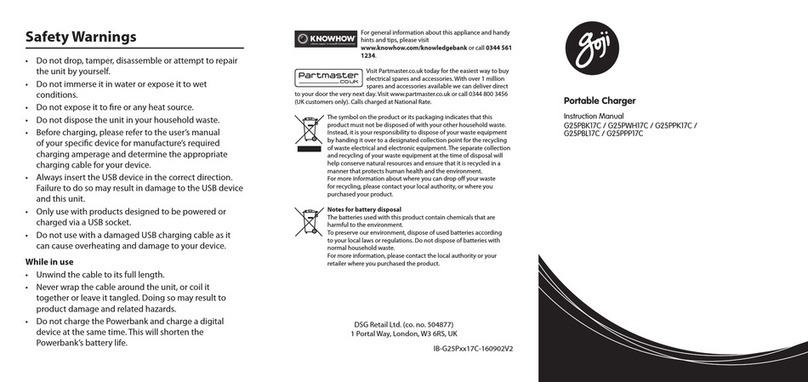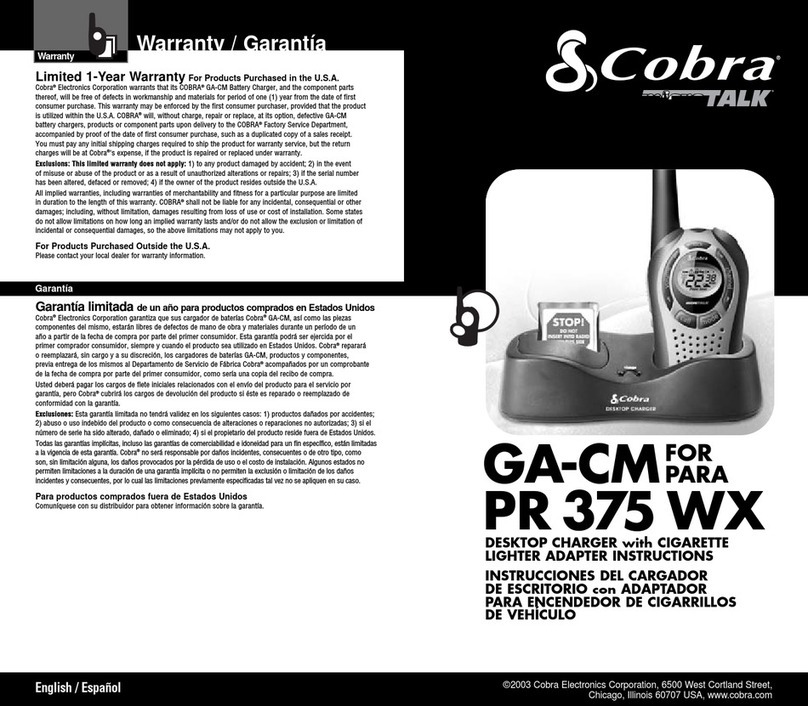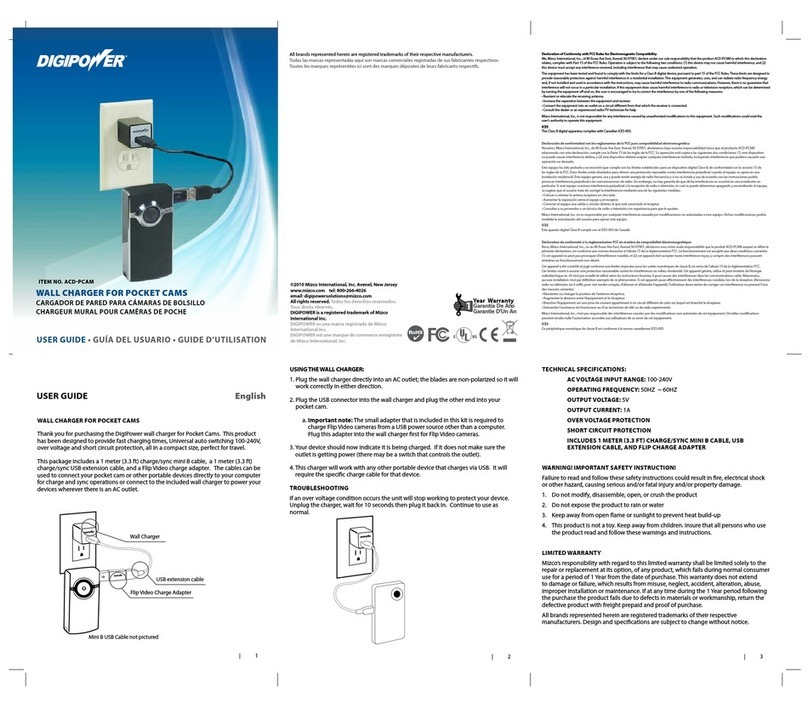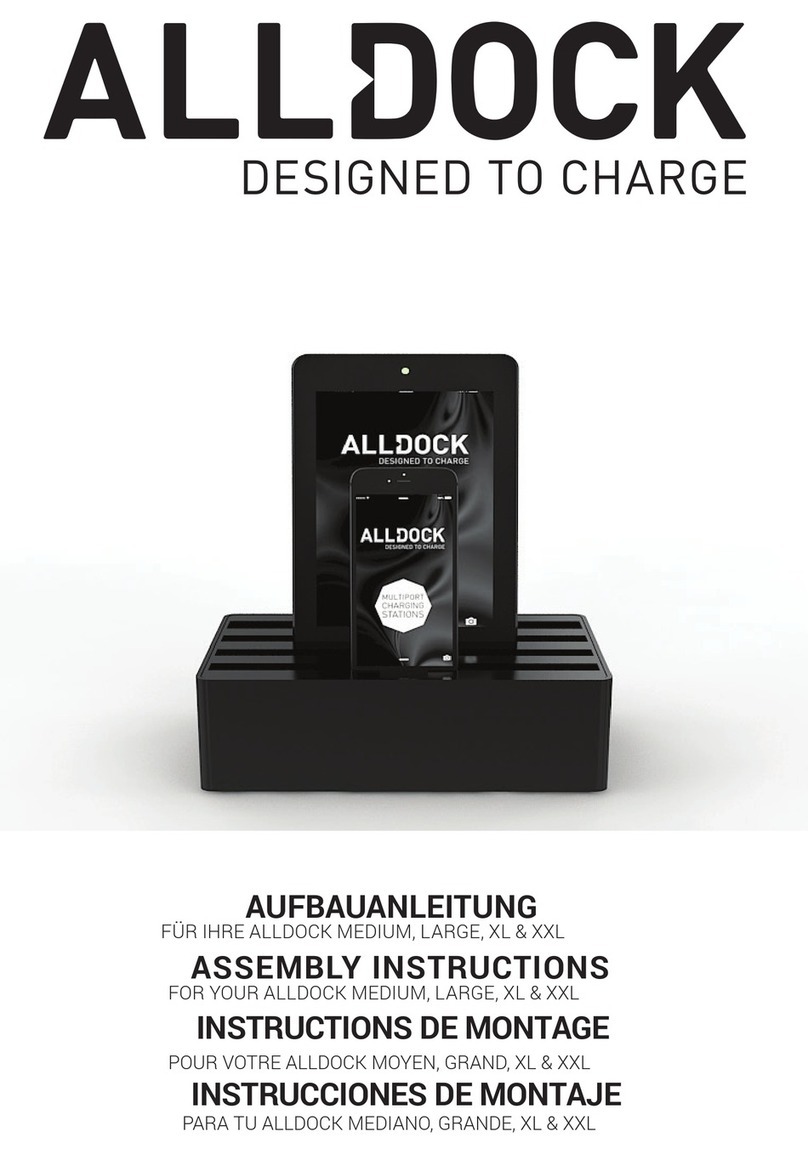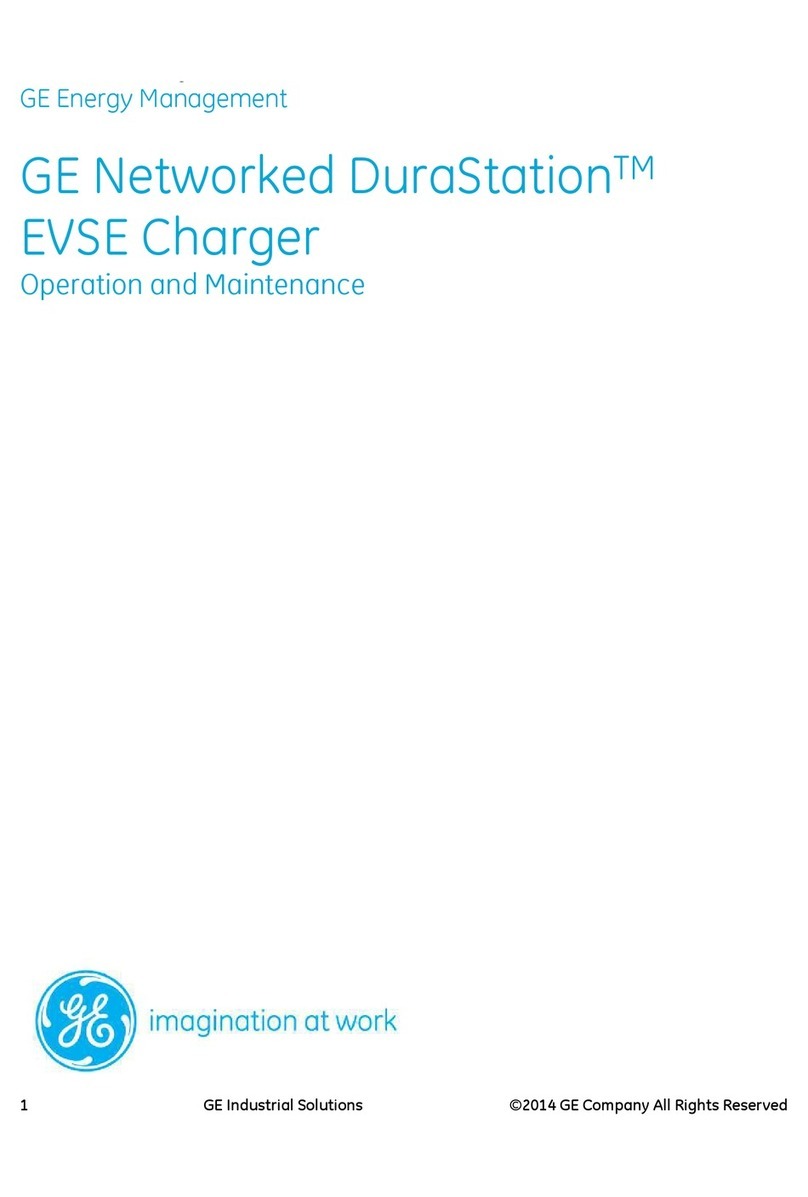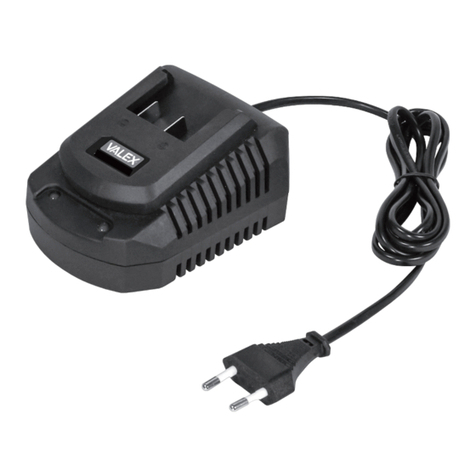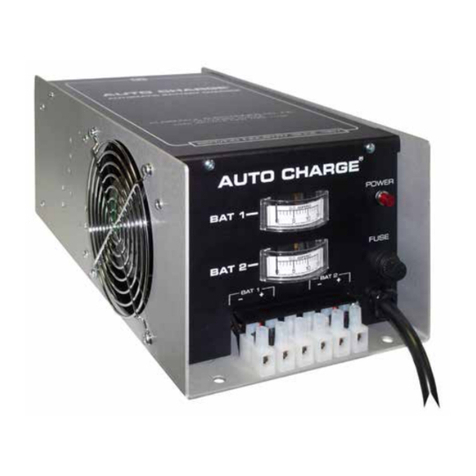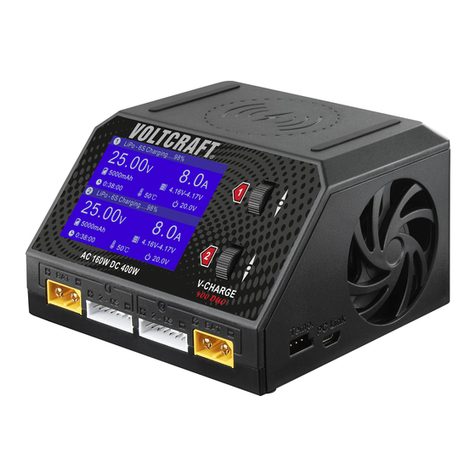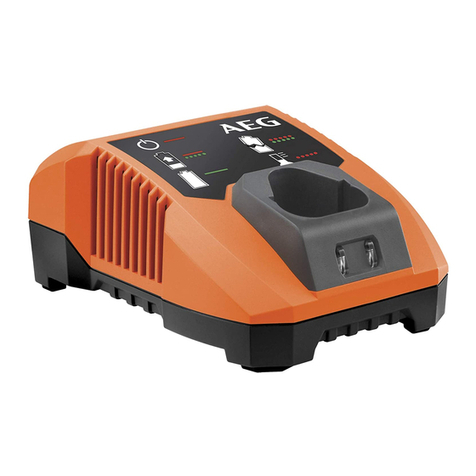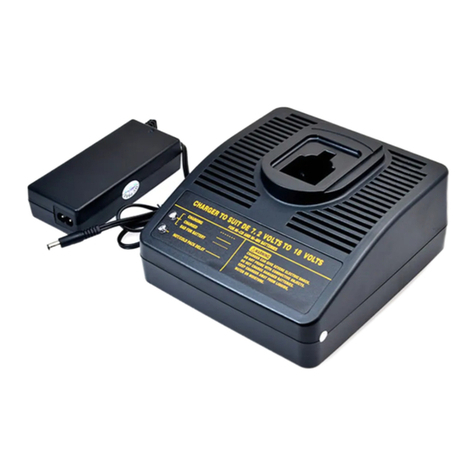Battery Service Hub PSW User manual

INSTRUCTIONS FOR POWER-SWITCH BATTERY CHARGES (PSW)
The baery charges of the PSW series use high frequency technology, which enables them to be compact, light and ecient and to have a
constant and repeve behaviour. An inner microprocessor enables automac recharging of baeries and stores the behaviour of the
baery charger during its use.
This device has been developed for a professional use.
For best results and safety, the user is required to read, follow and keep these instrucons carefully.
The manufacturer is not responsible for any damage due to improper use.
BATTERY
The baery voltage has to correspond to the PSW rated voltage (see rang data, for example 24V). A label on the PSW indicates the cor-
rect rechargeable baery type. Check that it matches the features of your baery. If necessary, it is possible to change the programming
in order to adapt the PSW to your baery. Make contact with the supplier in order to carry out this change.
INSTALLATION
To ensure maximum safety, installaon has to be carried out as indicated by the manufacturer. Any work on the charger must be carried
out by qualied and authorized technical personnel. Never open the metal box: it is not necessary to get inside for installaon.
WARNING: There is a risk of electric shock inside the box.
Aer unpacking be sure that the device is in perfect condion; in case of doubt, do not use and contact the supplier. It is beer to install
the PSW indoors, in a room free of humidity, acids or dust, with room temperature between 0 - 40°C. During use do not obstruct the ven-
laon holes. Any overheang of the PSW will reduce the output current; if overheang connues, charging will be stopped (see SPECIAL
SIGNALS).
FIXED INSTALLATIONS: considering the small weight in order to avoid damage due to being dropped, we recommend xing the PSW rmly
to the wall. For xing see Fig. 3.
ON BOARD INSTALLATION: x the PSW horizontally in a well-protected area of the vehicle, which allows dissipaon of the heat produced
(FIF. 4). It is beer to use vibraon mounts. Connect the PSW cables directly to the baery poles; never use exisng cables of the vehicle
equipment.
Any non-compliance with this rule can cause malfunconing or damage which cannot be aributed to the manufacturer.
More informaon is available in the ADDITIONAL FUNCTIONS secon.
ELECTRICAL SUPPLY
Be sure the rang data of the baery charger is compable with the mains power supply (single-phase, voltage, frequency, power). Plug
into a socket equipped with protecons that comply with local standard regulaons. If you have to use an extension cable, contact the
manufacturer for correct technical informaon. The replacement of the supply cable has to be carried out only by a qualied personnel.
BATTERY CONNECTION
Respect the polarity: red wire to + and black wire to -.
Incorrect connecon does not cause any damage, but prevents the charging cycle from starng.
Do not use extension cables without manufacturer’s approval.
USE
Connect the baery and the power supply cable. LEDs light up for 2 seconds (PAN. 1), then only the CHARGE LED stays on (PAN. 2). If this
does not happen, check the connecon on the baery and supply. The PSW is unable to acvate the charging if the voltage of the baery
is lower than 1V/Cell (i.e., 12V for a 24V baery).
If everything is funconing properly the charger performs the whole charge and stops with the STOP LED illuminang (PAN. 3).
The me of charge depends on the discharge level, the baery type and the programmed charge cycle. For lead acid, gel or AGM baer-
ies, 80% discharged, the whole recharge lasts 10-14 hours. For lead acid baeries it is possible to reduce the me to 7-8 hours by pro-
PSW Battery Chargers—User Guide (page 1 of 4)
Baery Service Hub Ltd
www.baeryservicehub.co.uk

gramming the fast cycle.
Shorter mes are possible if the baery is less than 80% discharged.
Longer mes are possible if the baery is more than 80% discharged.
SPECAIL SIGNALS
When the microprocessor detects a problem, it stops charging and signals this by ashing the two LEDs (PAN. 4).
The dierent possible problems are:
Overheang: the thermal condions interrupt the current in order to avoid damage
Defecve baery: the voltage trend shows a possible failure of the baery
Incorrect baery: the baery has a higher voltage than the charger (36V baery on a 24V charger).
In order to determine the king of problem it is necessary to read the internal PSW data memory (see DATA MEMORY secon).
If the two LEDs remain lit (connecng the baery) (PAN. 8), means an internal problem has occurred. Only the manufacturer can solve
this problem.
CHARGE INTERRUPTION
Power failures interrupt charging and all LEDs go out (PAN. 5); when the power supply is resumed charging starts again at the point it was
interrupted. If charging has to be interrupted for any reason, switch o the PSW using the buon provided and disconnect the baery.
To acvate STOP, hold the buon down unl the STOP LED begins to ash (PAN. 6).
To interrupt the charge in the PSW is ed on board, disconnect the mains supply and use the vehicle. Never disconnect the baery if the
charge is supplying current, as the resulng spark could ignite the gases produced by the baery and cause an explosion.
For best charging, disconnect the baery only when the microprocessor indicates STOP (PAN. 3).
HOLDING
If you leave the PSW on line and connected even during long periods of inacvity, it is possible to maintain a 100% charge level.
At the end of a charge cycle (device indicang STOP – PAN. 3). The holding starts: when the baery voltage falls under a minimum level,
the PSW goes into operaon and supplies a small current in order to let the baery voltage reach a maximum level and then it stops.
These charging pulses can be repeated indenitely when necessary. The length of each pulse and the me between pulses depends on
the baery condion. During charging pulses the display indicates STOP (PAN. 3).
If charging is interrupted by the pushbuon (PAN. 6), holding does not start.
We advise not to leave the PSW connected to the baery without mains supply for more than one week. Without mains supply, the PSW
absorbs energy from the baery and may cause its total discharge,
DATA MEMORY
The internal microprocessor can store a remarkable quanty of informaon throughout the life of the PSW. This informaon can be read
only through the suitable terminal (MUTLIPROGRAMMER) connected to the programming connector shown in Fig. 2.
Contact the supplier for purchase of a MUTLIPROGRAMMER-CLIENT.
Reading this informaon helps detect the problems and their cause.
It will be easily understood whether they are caused be a malfuncon of the charger of the baery. It is also possibly to understand
whether the problems are caused by the non-compliance of the user with the rules. Be parcularly careful when reading the user’s hand-
books.
ADDITIONAL FUNCTIONS
This secon contains direcons for the PSW when ed on board.
When the PSW is assembled on board, the LEDs are oen not visible.
PSW Battery Chargers—User Guide (page 2 of 4)
Baery Service Hub Ltd
www.baeryservicehub.co.uk

It is possible to add am oponal external display (VISLED) in order to place the control LEDs in a visible area. Ask your supplier for this and
connect it to the auxiliary connector indicated in Fig. 1.
The PSW has two auxiliary contacts, which must be correctly connected to the vehicle equipment, with following funcons:
Mains presence: the contact is normally closed; it opens when the PSW is supplied for charging. It has to stop the vehicle during the
charging phases (contacts 1 and 7 of the auxiliary connector to be seen in Fig. 1);
Discharged baery: the contact is normally closed; it opens when the baery voltage is lower than the programmed value. It has to stop
the vehicle when the baery has exhausted 80% of its energy (contacts 3 and 5 of the auxiliary connector to be seen in Fig. 1).
When the PSW operates on a discharged baery, it illuminates the BLOCK LED (only visible on the outer display VISLED) and it stops the
vehicle.
In order to remove this block it is necessary to carry out a complete recharge.
The PSW will signal to the user when the technical maintenance is due. When this happens, the two LEDs ash alternately (PAN. 7). Make
contact with the supplier.
GENERAL RECOMMENDATIONS
Do not let the baery run down completely (maximum 80%): it will last longer. Keep the baery contacts free of oxidaon. Keep the
charging area well venlated.
MAINTENANCE
Keep the fan and the venlaon holes clean. To clean the outside, use a damp cloth, Use only original spare parts.
PSW Battery Chargers—User Guide (page 3 of 4)
Baery Service Hub Ltd
www.baeryservicehub.co.uk

PSW Battery Chargers—User Guide (page 4 of 4)
Baery Service Hub Ltd
www.baeryservicehub.co.uk
This manual suits for next models
1
Table of contents
